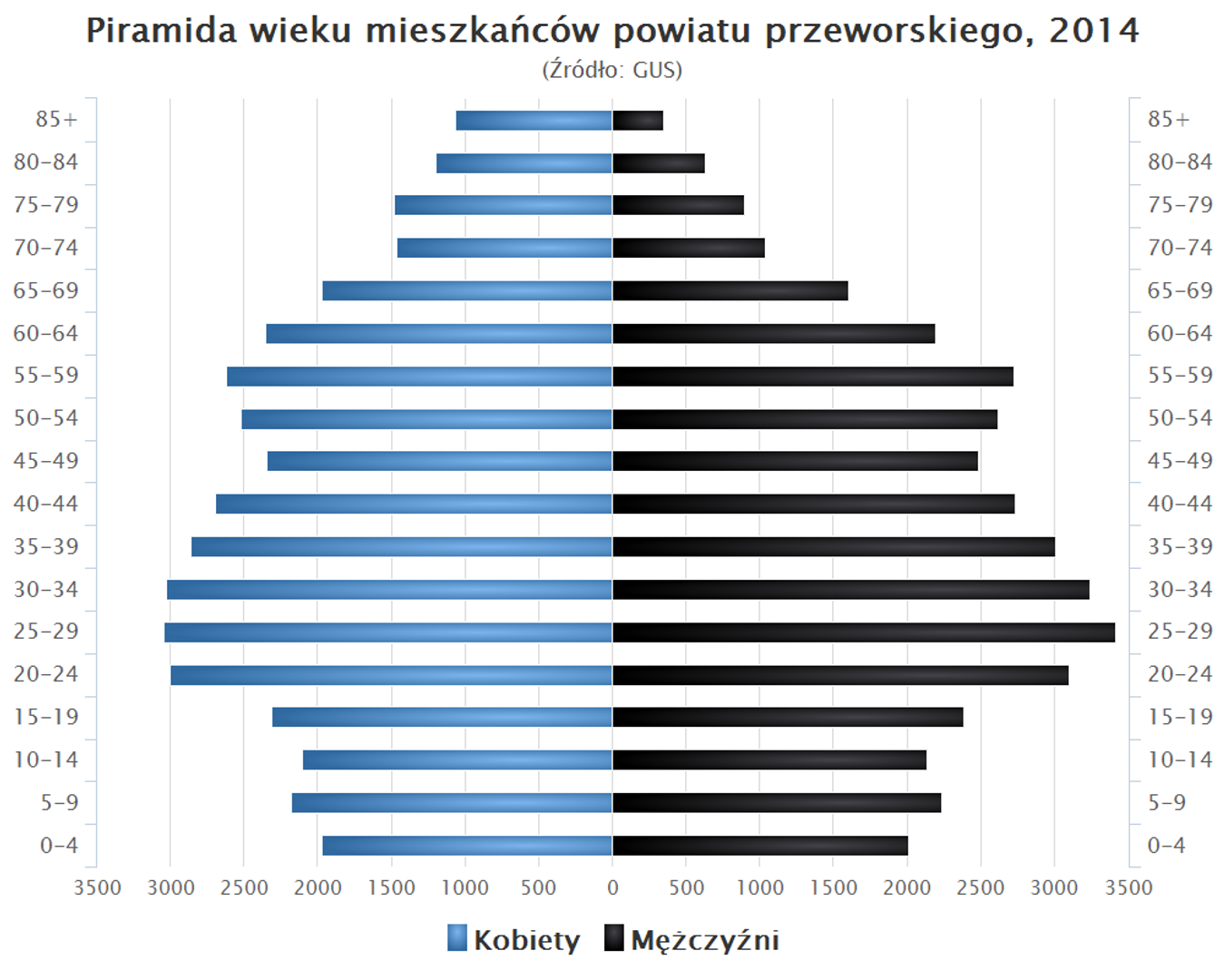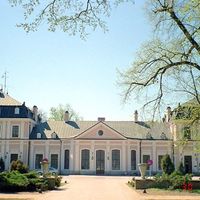Przeworsk County
7.11

Overview
Przeworsk County, located in the Podkarpackie Voivodeship, was re-established in 1999. Its capital is the town of Przeworsk, which serves administrative and cultural functions. The history of the county dates back to the times of the Polish–Lithuanian Commonwealth, when it included numerous towns such as Rzeszów, Łańcut, and Leżajsk. The area features valuable religious monuments from the medieval period, including the Baroque Church of Our Lady of the Snows in Przeworsk, the Renaissance church in Kańczuga, and the Baroque church in Sieniawa. The county is also known for its numerous palaces and palace-park complexes, which testify to its historical significance. Another notable feature is the Przeworsk Narrow-Gauge Railway, a historic narrow-gauge line with the longest tunnel of its kind in Europe, established in 1904 by Prince Andrzej Lubomirski. The region is renowned for its fertile soils, primarily chernozems, which support agriculture, including the cultivation of sugar beets that contributed to the development of the first sugar refinery in Galicia in Przeworsk. At the end of 2019, the county had a population of 78,362, and by June 2020, the number had decreased to 78,227. Przeworsk County consists of urban, urban-rural, and rural municipalities, and a significant portion of its inhabitants are representatives of the Rzeszowiacy ethnic group. The region also includes protected areas such as the "Husówka" and "Lupa" nature reserves, as well as natural monuments, including a pedunculate oak in Rudka. The starosts (county administrators) of Przeworsk County at various times have included Henryk Pieniążek, Wiesław Rosół, and Bogusław Urban. The county borders other counties, such as Lubaczów, Jarosław, and Przemyśl, contributing to its transit significance in the region.
Location
You can also find here:

Przeworsk
7.81
Przeworsk I Deanery

Sieniawa
6.91

Przeworsk I Deanery
6.9

Urzejowice
6.88
Przeworsk I Deanery

Gorzyce
6.81
Przeworsk I Deanery

Przeworsk II Deanery
6.79

Church and Monastery of the Bernardine Fathers of St. Barbara in Przeworsk
6.78
Przeworsk

Gać
6.78
Przeworsk I Deanery

Adamówka
6.6

Przeworsk Firefighting Museum
6.59
Przeworsk
2025 Wizytor | All Rights Reserved